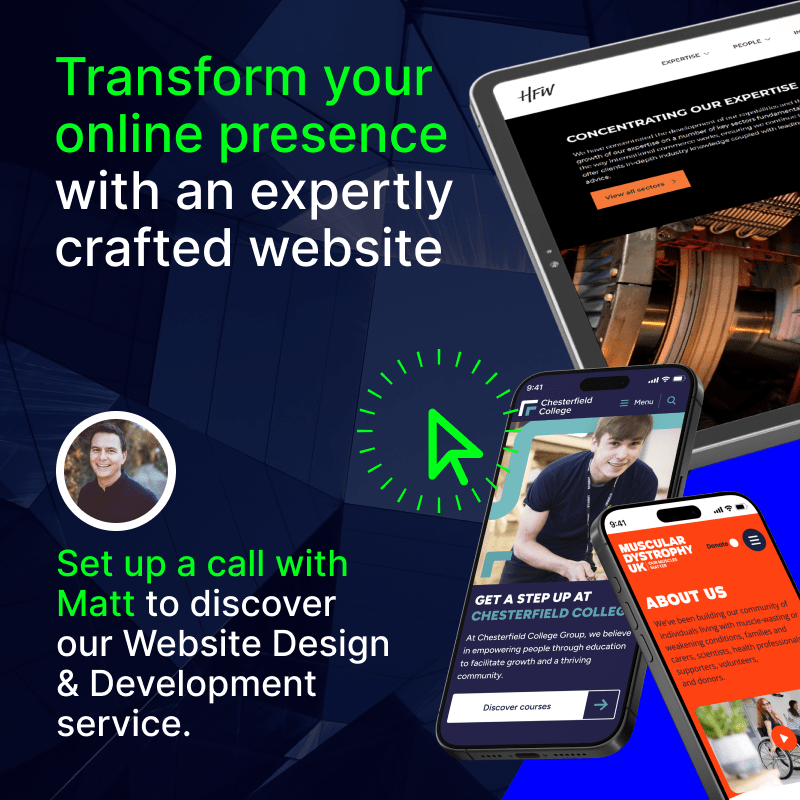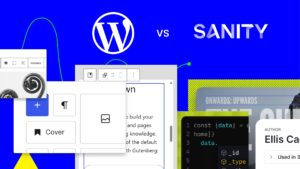WordPress vs Contentful: Choosing the Right CMS
Trying to choose between WordPress or Contentful? It’s a big call, as your CMS plays such a major role in your digital presence.
In this guide, we’ll look at the two platforms side-by-side, helping you understand how they really compare.
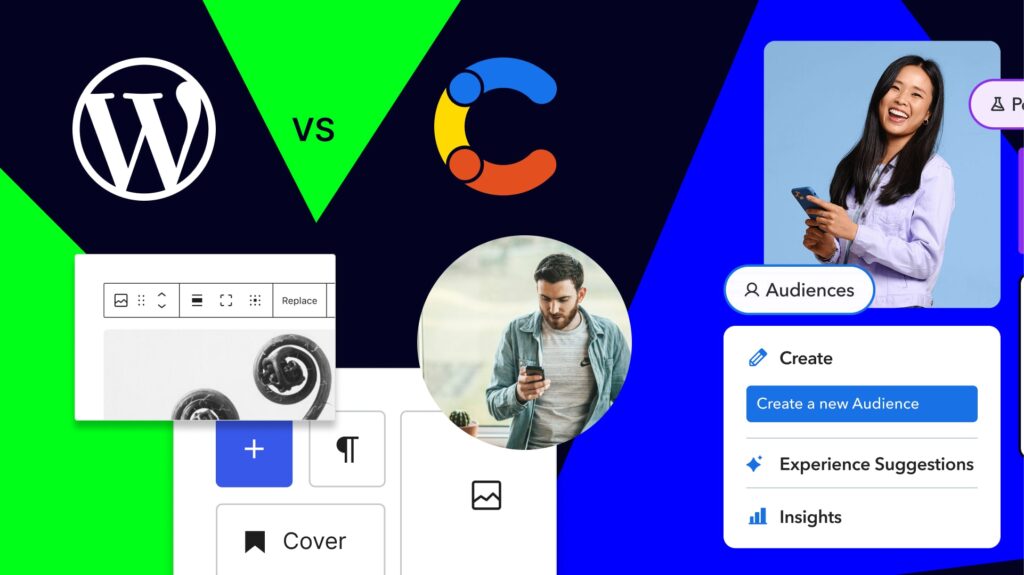
Harry Hammett is a detail-driven Project Co-Ordinator at Itineris, ensuring seamless delivery across digital projects. With a keen eye for organisation and efficiency, he keeps teams aligned and clients informed, driving success through clear communication and meticulous planning.
- WordPress vs Contentful: Pros and Cons
- WordPress vs. Contentful: Platform Overviews
- WordPress vs. Contentful: Total Cost of Ownership
- WordPress vs. Contentful: Ease of Use
- WordPress vs. Contentful: Implementation
- WordPress vs. Contentful: Flexibility
- WordPress vs. Contentful: Security
- WordPress vs. Contentful: Customer Service and Community
- WordPress vs. Contentful: The Bottom Line
Choosing the right CMS is one of the most important decisions behind your organisation’s online presence. It shapes how your teams work, how fast you can move, and how easily your content reaches your audience.
WordPress and Contentful are two popular options for enterprise sites, but which one is best for your needs?
WordPress vs Contentful: Pros and Cons
At a glance, here are some of the main points when comparing each platform.
| WordPress | Contentful | |
| Pros | – Easy to use, intuitive editor – Complete platform out of the box – Flexible (traditional or headless) – Lower total cost of ownership – Huge plugin ecosystem – Fast to implement and scale – Large community and support base | – API-first, headless architecture – Ideal for multi-platform content delivery – Developer control over frontend – Scalable, modern infrastructure – Structured content model supports consistency |
| Cons | – Can become complex at enterprise scale without the right setup – Open-source nature requires good governance for security – Performance may depend on hosting and plugin choices | – Steep learning curve for non-technical users – Requires custom frontend development – Higher upfront and ongoing costs – Slower implementation without strong dev team – Less flexibility for marketers to launch content without devs |
| Best For | Organisations wanting a complete CMS with flexibility to grow headless over time | Organisations with strong dev teams and multi-platform content needs |
WordPress vs. Contentful: Platform Overviews
Contentful and WordPress are both content management systems, but they serve different purposes and have very different origins.
WordPress is the dominant player in the CMS world. It powers more than 42% of the web and businesses of all shapes and sizes use it.
Contentful, on the other hand, is a headless CMS designed for teams that need to distribute content across many different digital platforms, not just websites.
If you’re comparing the two, it’s important to understand that you’re often looking at two different approaches. One is traditional but evolving fast. The other was built from the ground up with a modern API-first architecture.
Both can be used by enterprise organisations, but how and when you choose one over the other will depend on your goals, your team, and your tech stack.
Contentful: Overview
Contentful is a headless CMS. That means it manages content in the backend, but leaves the frontend completely up to you.
This model is well suited to organisations that want to deliver the same content across many different platforms. That might include websites, apps, smart devices, and in-store digital displays.
Content is stored as structured fields and blocks, which can then be pulled into different frontends using APIs. This gives developers complete control over how the content is displayed.
The editorial interface is simple and clean, but setting up a content model requires a different mindset compared to traditional CMS platforms. You’re not designing pages. You’re designing a flexible system of content types, relationships, and references.
This can be powerful for large teams with complicated delivery needs, but it also introduces a new learning curve.
Editors need to understand how their content fits into the system. Developers need to build and maintain the frontend infrastructure. And everything is API-driven, which means nothing is instantly visible on a page until you connect the dots.
Where Contentful does well is in delivering the same content to multiple destinations. Its infrastructure is fast, modern, and scalable. It works well with JavaScript frameworks like React, Vue, or Angular. And its integration options make it a good fit for digital products or ecommerce platforms with custom frontends.
But Contentful is not a full web platform. It doesn’t handle themes, templates, or frontend rendering. You can’t spin up a marketing landing page in minutes without development support.
It requires more investment in architecture and engineering, especially for enterprise use.
WordPress: Overview
WordPress started life as a blogging platform in 2003. Since then, it’s become the most popular content management system in the world.
It powers small personal blogs, major media sites, ecommerce stores, university portals, and even government websites. So, it’s powerful and seriously versatile.
WordPress gives you a complete platform out of the box. You can manage content, design pages, control navigation, and publish, all from a single interface. It’s open source, widely supported, and extremely flexible.
While you might associate WordPress with its traditional CMS roots, it’s evolved significantly. Today, it supports a headless setup too, with the REST API and GraphQL via WPGraphQL. That means you can decouple the frontend, just like you would with Contentful.
But you can also keep everything within the standard WordPress stack if you want to. This gives enterprises far more freedom to adapt over time.
The WordPress editor is intuitive. You use blocks to build content visually, which means editors can work with very little training. You can also extend the platform with over 60,000 plugins and thousands of themes.
And when you need enterprise-grade performance, platforms like WordPress VIP provide the infrastructure, security, and support to scale it globally.
WordPress also benefits from its huge community. That includes developers, designers, security experts, plugin authors, and hosting providers.
It’s one of the few platforms where non-technical users can do a lot on their own. But at the same time, technical teams can also go very deep, customising every part of the experience.
Unlike Contentful, WordPress doesn’t require you to build the entire frontend from scratch. You can do that if you want to go headless, but many teams prefer to use the built-in theming system or page builders to move faster.
Ultimately, WordPress offers a more complete solution out of the box. It gives teams the freedom to work the way they want — whether that’s headless, traditional, or somewhere in between.

WordPress vs. Contentful: Total Cost of Ownership
When you compare costs between WordPress and Contentful, you need to look beyond the headline pricing. It’s not just about what each platform charges upfront. It’s about the long-term costs, the value you get, and how each system fits your business.
WordPress is free to use, which is often misunderstood.
Free doesn’t mean basic or low value. Because it’s open-source, you only pay for the parts you actually need (hosting, plugins, themes, and custom development). This makes it highly flexible.
You can choose where to invest based on what matters most to your business. If you’re on a tighter budget or want full control over spend, WordPress gives you that freedom.
On the other hand, Contentful uses a tiered pricing model. Even at entry level, the costs are much higher. That’s because you’re paying for a headless, API-first infrastructure built for enterprise delivery.
If your main priority is to publish structured content across multiple channels, then Contentful is designed exactly for that. Well, as long as you have strong developer support in-house.
But here’s the key point: the initial price tag doesn’t tell you much about the total cost of ownership. That’s what really matters for enterprise websites.
You need to factor in the cost of scaling, customisation, maintenance, ongoing development, and your internal resources.
With WordPress, the costs can vary based on how complex your build is. If you’re creating a highly customised, performance-heavy, multilingual enterprise site, then you’ll likely invest in skilled development and premium tools.
But the WordPress ecosystem is vast. There are thousands of plugins and integrations already built. Many are free or low cost. And you benefit from a global community of developers and users, which helps reduce your long-term support costs.
With Contentful, you stick to a structured pricing plan. That gives you clarity, but it also means less flexibility. You’ll often need dedicated development resources to get the most out of the platform.
Remember, you need to connect Contentful to a front-end framework. That means the cost of ownership includes the effort and cost of building and maintaining that layer. If your site or application becomes more complex, those costs will rise in licensing and in development.
In simple terms, WordPress offers lower upfront costs and more control over ongoing spend, a big reason why it’s generally the best option as an enterprise CMS.
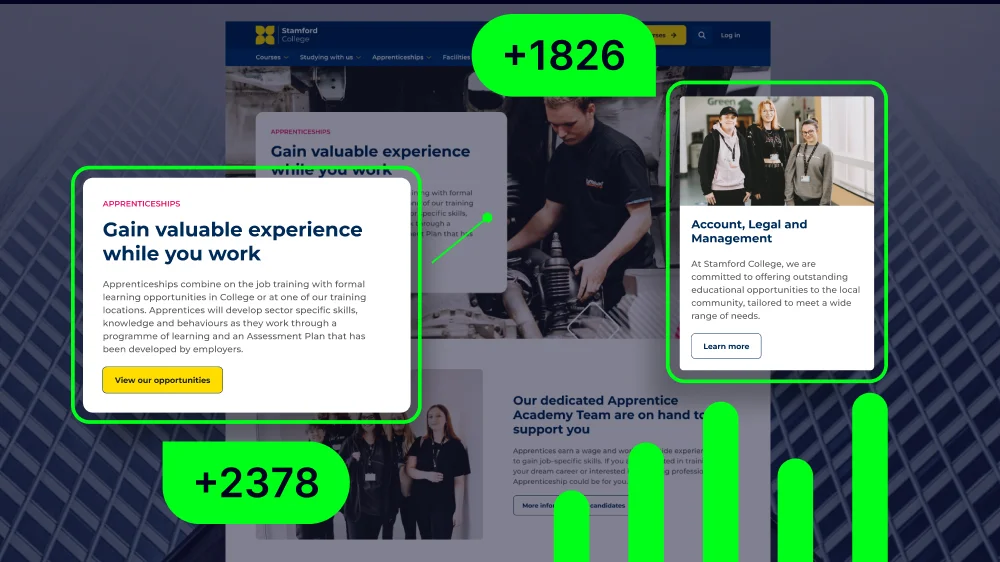
WordPress vs. Contentful: Ease of Use
There’s a clear difference between WordPress and Contentful when it comes to how easy they are to learn.
WordPress is built to be accessible. It’s user-friendly, intuitive, and familiar to many people in digital roles. This ease of use reduces onboarding time and allows teams to start managing content almost immediately.
Contentful takes more time to learn. Sure it’s powerful, but that power comes with complexity.
The platform is built on an API-first, headless architecture. This means teams need to understand content modelling, front-end frameworks, and how APIs connect everything.
If your developers are experienced with modern architectures, Contentful can fit well. But for non-technical users, the learning curve is steep.
You also need to invest time in setting up. Creating content types, defining relationships, and integrating with your front-end all take a lot of planning and technical knowledge. Without this, you risk delays to go-live dates and more pressure on internal teams.
WordPress makes things easier from the start. You can launch a simple site in a few hours. You can scale up with plugins or bring in developers when you’re ready. The admin dashboard is clean and familiar.
This doesn’t mean WordPress is limited. It can handle complex, high-scale environments, especially with WordPress VIP.
The key difference is that WordPress lowers the barrier to entry while still offering the flexibility to grow. Contentful, while feature-rich and powerful for multi-channel publishing, demands a higher level of expertise from day one.
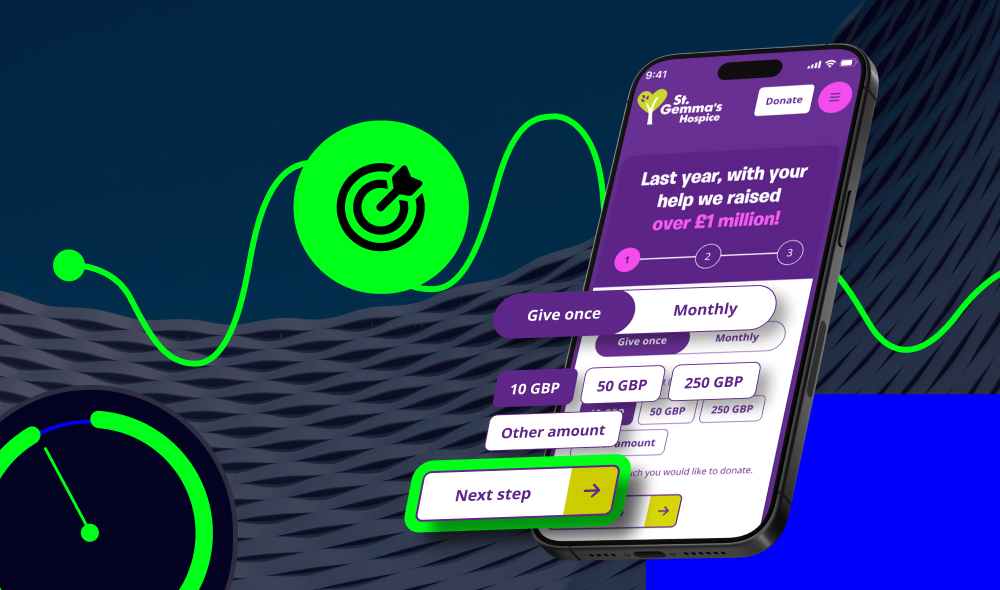
WordPress vs. Contentful: Implementation
Once you get past the learning curve, implementation is where the differences between the two platforms become even clearer.
WordPress is incredibly flexible. It can be used in a traditional setup with both front-end and back-end combined, or as a headless CMS. This means you can adapt it to your needs, whether you’re building a standard marketing site or a custom digital experience.
Many businesses find this flexibility useful. You can start with a traditional WordPress setup and shift to a headless approach later. You don’t have to change systems or retrain your whole team. This makes implementation smoother, especially for organisations going through digital transformation gradually.
WordPress also benefits from a massive ecosystem, which lowers the development effort and speeds up time to launch. Even the most complex enterprise sites can be built faster with the right development support.
Contentful takes a different approach. It was designed as a headless CMS from the start, so it doesn’t come with a front-end.
That gives you freedom to use any framework you like, but it also means more work. You need to build the front-end from scratch and connect everything via APIs.
The learning curve also feeds into implementation time. With WordPress, you often have teams who already know how to get started. With Contentful, there’s more setup required before you can even begin building the user-facing parts of your site.
In enterprise environments, implementation costs and timescales matter.
If you want speed, flexibility, and easier deployment, WordPress gives you a smoother path.
If your priority is structured content delivery across many platforms and you have a strong technical team, Contentful can offer long-term benefits. But be prepared for a more complex and resource-heavy implementation process.
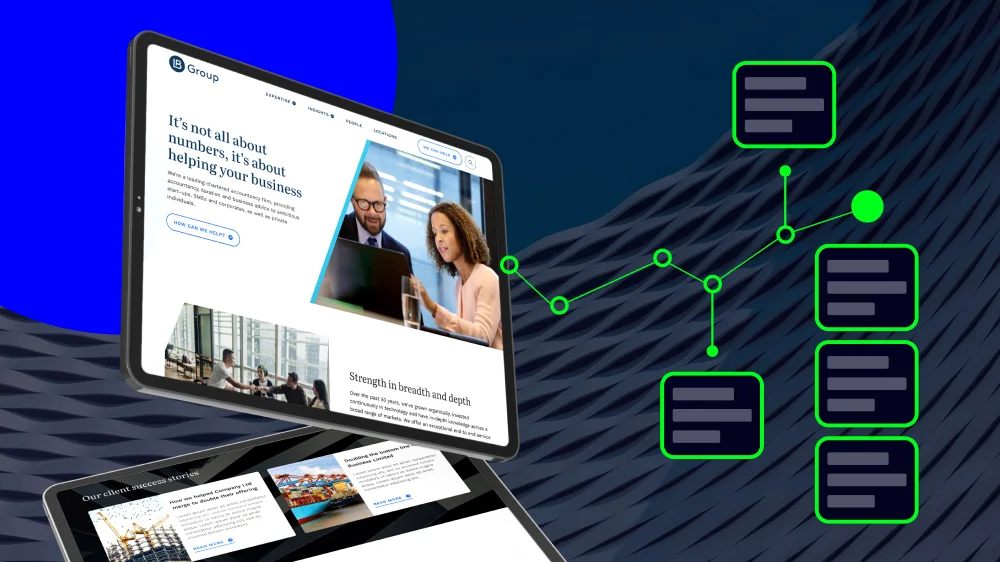
WordPress vs. Contentful: Flexibility
Flexibility is one of the most important considerations when choosing a CMS, especially for enterprise websites.
Being able to adapt to changing business needs, expand into new markets, and support different digital channels makes a big difference over time.
Quite simply, WordPress is one of the most versatile platforms available. It gives businesses the choice to start simple and scale in complexity as needed. It also allows teams to modernise the front-end experience without needing to completely replatform.
The plugin ecosystem is another major strength. WordPress offers thousands of pre-built integrations, and nearly any functionality you can think of can be added with a plugin or custom development.
This means non-technical teams can build and manage advanced features without needing to hard-code them from scratch. That said, experienced developers can push WordPress even further by extending its core, building bespoke themes, or integrating with third-party platforms.
Contentful was designed from the ground up as a headless CMS, and its flexibility comes through its content modelling and API-first structure. This makes it a good option for businesses that operate across many digital channels and require consistency across them all.
However, this level of flexibility also comes with complexity. Every part of the content delivery process needs to be custom-built, from content models to front-end integrations. While this gives technical teams full control, it makes Contentful less suitable for businesses that want out-of-the-box solutions or lower-code environments.
And when you think about long-term scalability, WordPress is a clear winner. You never know what might happen to your development over time, and you may lose the expertise needed to keep your Contentful setup in great shape. With WordPress though, there’s always plenty of expertise available.
In short, WordPress offers practical, real-world flexibility. Contentful may give you architectural flexibility, but it’s only suited to highly technical teams operating in multi-platform environments.
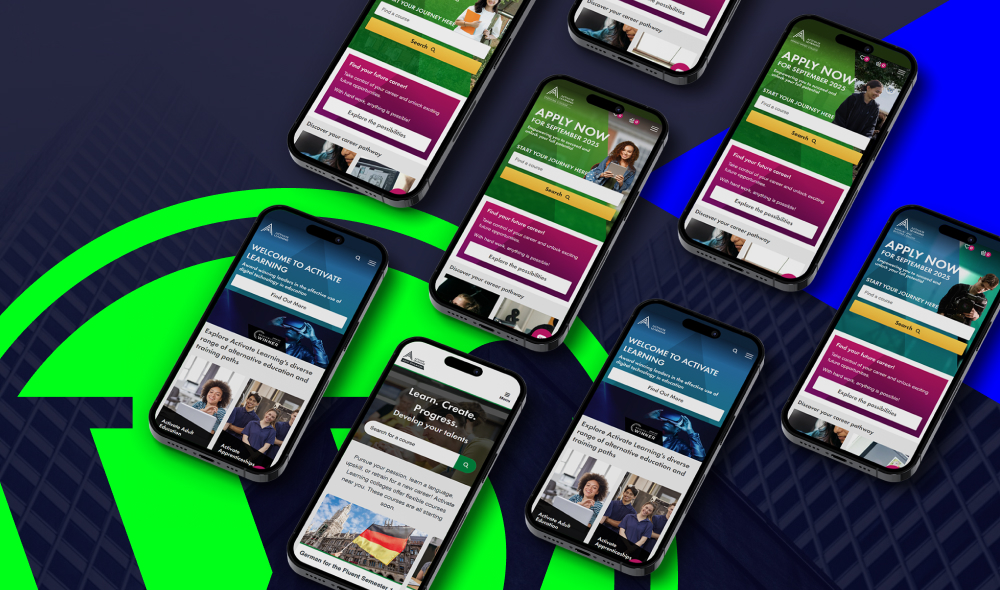
WordPress vs. Contentful: Security
Both WordPress and Contentful are secure platforms at their core, but they take different approaches to managing risk.
WordPress is open-source, which leads to a common assumption that it’s less secure. In truth, its open-source nature means that it benefits from a vast global community of developers who are constantly monitoring for issues and pushing out updates.
Security vulnerabilities are identified quickly, and patches are released regularly. The WordPress security team is highly active, and many managed WordPress hosts offer automated updates and security tools as standard.
The main security risks in WordPress come from third-party plugins and themes. These can introduce vulnerabilities if they’re poorly built or not updated regularly. That’s why it’s essential to have a strong governance approach.
Only use trusted plugins, keep everything up to date, and follow best practices for passwords, permissions, and backups. With this in place, WordPress can be as secure as any enterprise platform.
Contentful’s headless architecture naturally separates the content layer from the presentation layer. This limits the surface area for attacks, as there’s no direct connection between the CMS and the front-end.
It uses strong role-based access controls, API keys, and encrypted communication to protect content, and supports compliance standards like SOC2 and GDPR out of the box.
That said, Contentful’s security depends heavily on how it’s implemented. Since developers need to build all front-end integrations and API connections themselves, the security of those systems is also their responsibility. This requires technical expertise to ensure that authentication, access control, and API permissions are configured correctly.
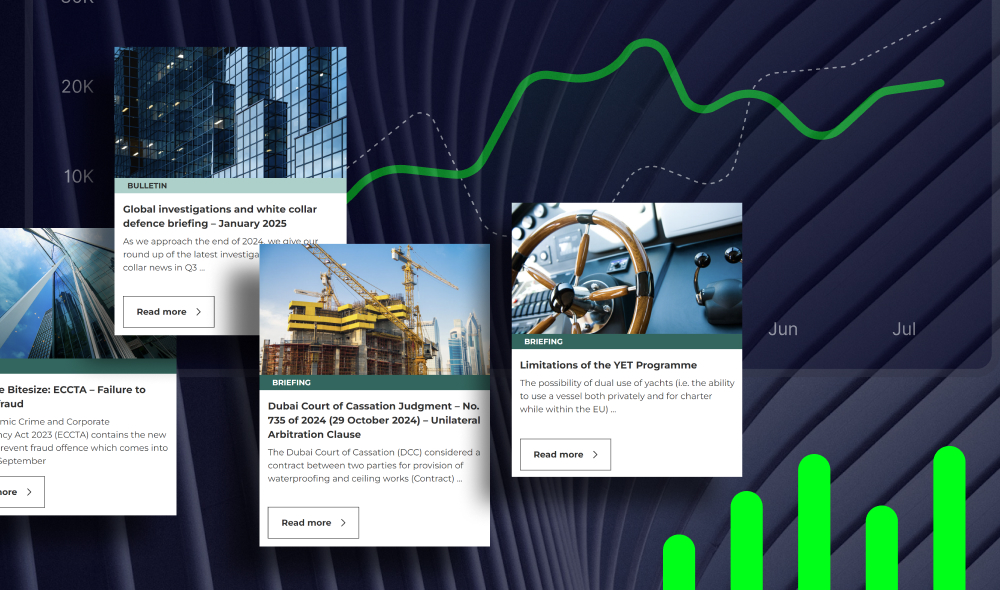
WordPress vs. Contentful: Customer Service and Community
Enterprise websites depend on stability, speed of issue resolution, and access to technical knowledge. But not all platforms offer support in the same way.
Contentful provides dedicated customer service. This includes technical support for the platform itself.
For enterprise teams with in-house developers, this can be a big benefit. You get a direct line to the platform vendor. That means problems with the CMS can be escalated quickly and handled by someone who knows the system inside out.
With WordPress, support works differently. There’s no official WordPress support line because the platform is open source. But what WordPress lacks in dedicated service, it makes up for with its massive global community.
This community includes thousands of developers, agencies, and users who have shared solutions to almost every problem you could encounter. From troubleshooting plugins to writing custom themes, there’s a strong chance someone has already solved the issue and published the answer online.
For businesses that need direct technical help, much of the responsibility with WordPress shifts to your hosting provider or your development team. This is why choosing a hosting partner with strong support is important.
Enterprise WordPress hosts offer dedicated support teams who specialise in WordPress infrastructure. They’re your first point of contact if something breaks or if your site slows down. And their support quality can be as good, or better, than what’s offered by some SaaS vendors.
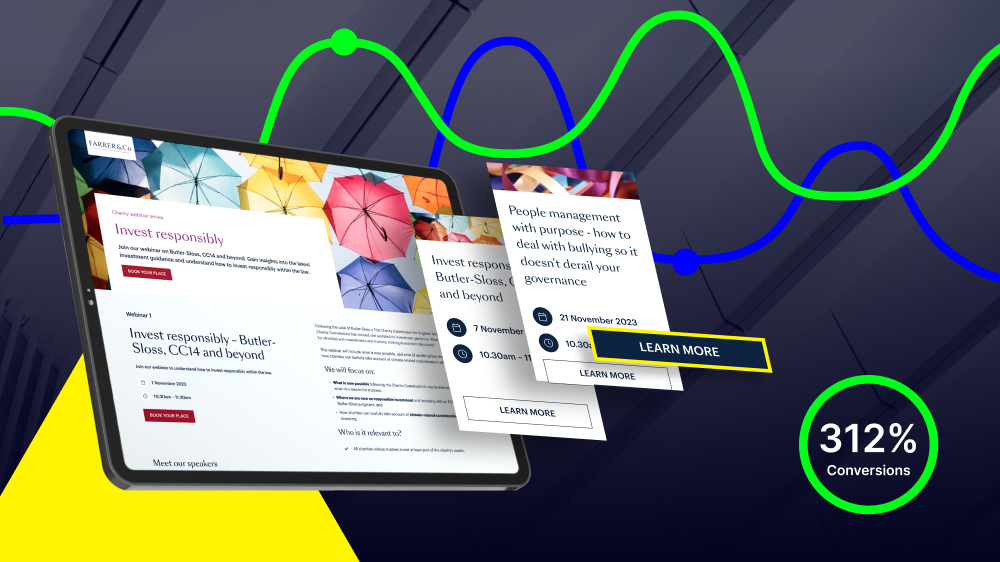
WordPress vs. Contentful: The Bottom Line
Clearly, both WordPress and Contentful are powerful platforms, but which one is right for your organisation?
This really just comes down to how your organisation works, how technical your team is, and what you want your CMS to do.
Contentful can be a strong fit for highly technical teams building multi-channel experiences. It offers flexibility, particularly for brands delivering content across apps, websites, and connected devices. But that flexibility comes at a cost.
It requires far more developer involvement, and most day-to-day content tasks depend on structured processes and custom interfaces.
WordPress, on the other hand, stands out as a powerful, scalable platform for enterprise content management. With the right architecture and enterprise hosting partner, it can handle any level of traffic, complex structures, and large editorial teams. It also gives you a more immediate, intuitive user experience out of the box.
For most enterprise websites, WordPress offers a better long-term foundation. It gives you room to grow without locking you into a rigid system. It lets developers focus on innovation and performance, while letting content teams work independently. And when managed well, it scales and secures just as effectively as any modern headless CMS.
And if you require a more advanced solution, WordPress VIP is the answer. WordPress VIP is designed for high-demand, enterprise websites (and it’s trusted by some of the biggest websites in the world).
At Itineris, we’re one of six approved WordPress VIP agency partners in the UK. Get in touch to see how we can transform your digital presence with the right CMS.

